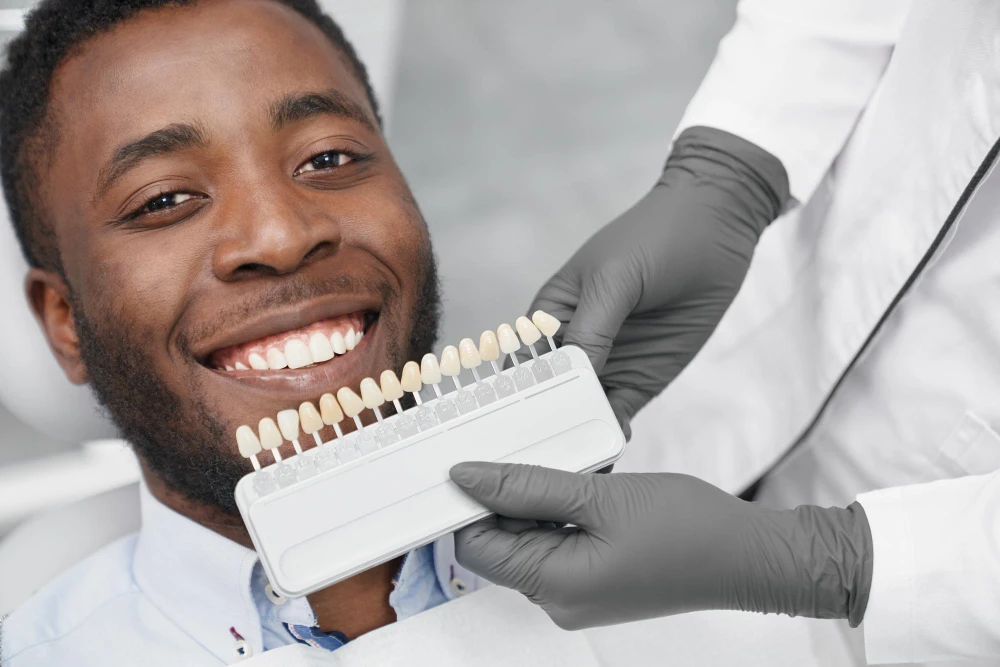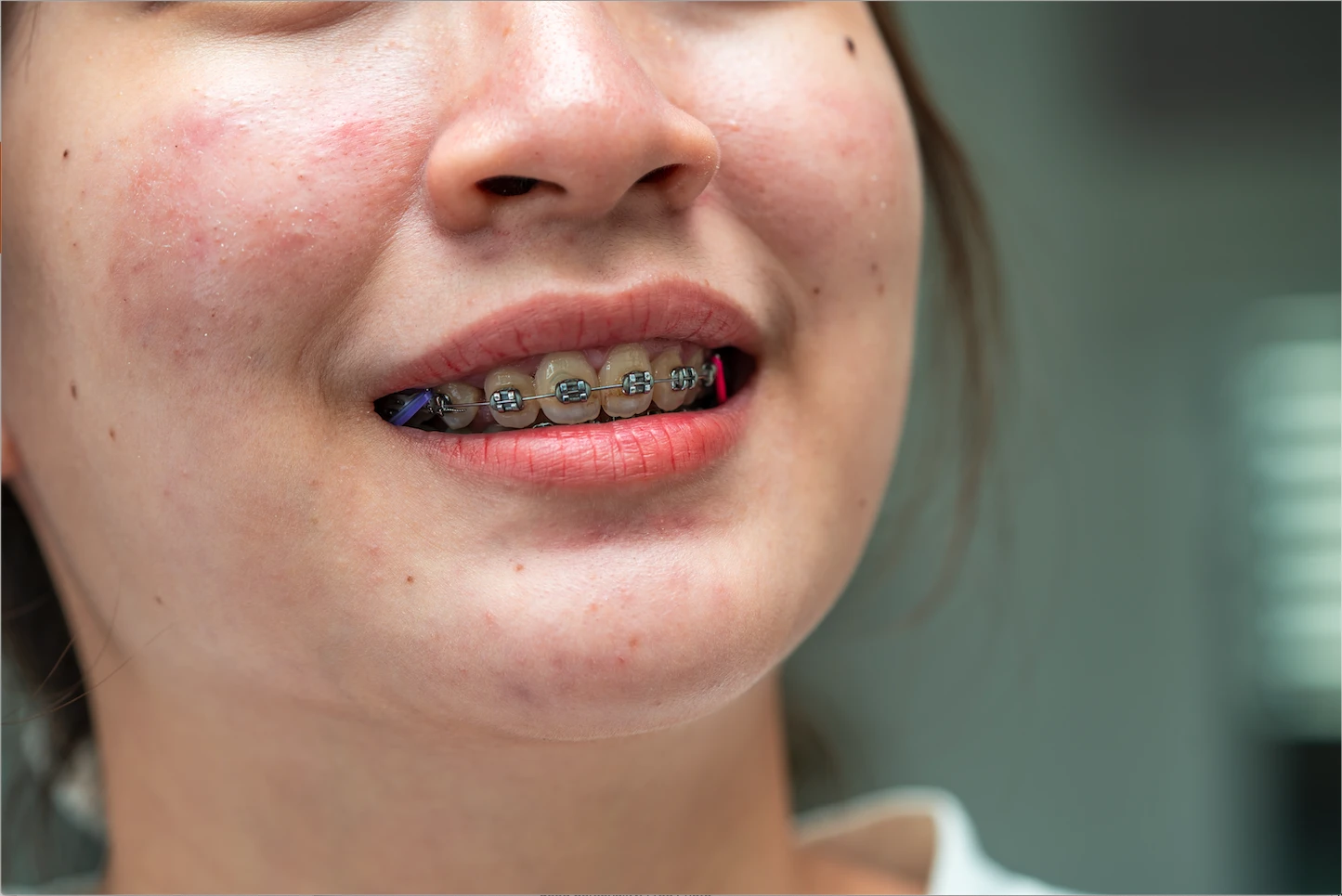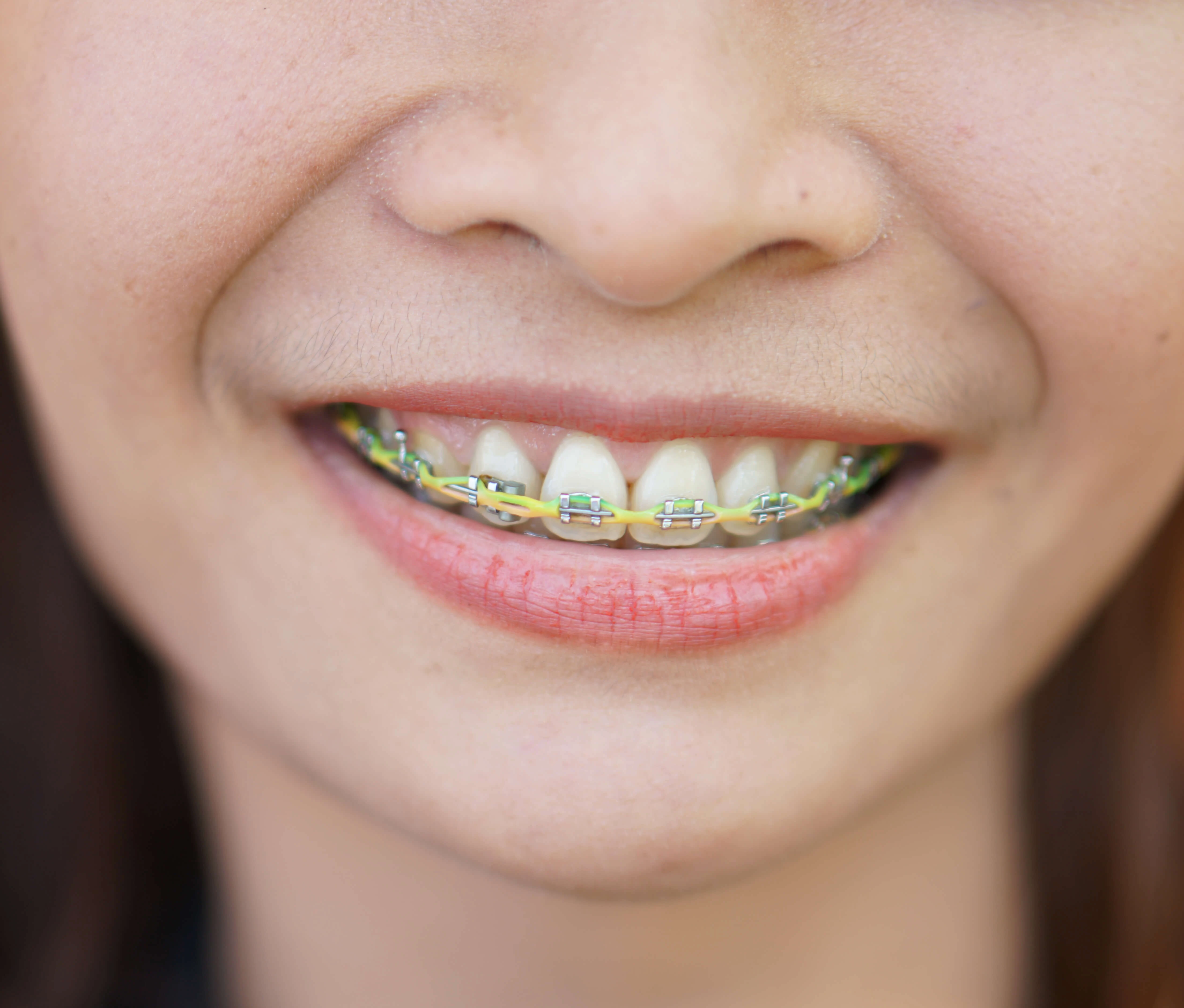Factors affecting orthodontic treatment costs:
- The severity of the orthodontic issue: More complicated cases, such as severe misalignment or jaw irregularities, often require more extensive and prolonged treatment, which can increase the cost.
- The type of orthodontic treatment: Different orthodontic treatments, like traditional braces, clear aligners, or lingual braces, vary in cost.
- The experience and expertise of the orthodontist: Experienced orthodontists often charge higher fees due to their expertise and track record of successful treatments.
- Geographic location: Orthodontic fees can vary based on the cost of living in a particular area. Urban areas and regions with higher costs of living often have higher orthodontic treatment fees.
Insurance coverage for orthodontic treatment fees:
Many dental insurance plans provide coverage for orthodontic treatment, but typically with limitations and conditions.
Insurance coverage for orthodontics may be more common for children and teenagers compared to adults.
It is important to review the insurance policy carefully to understand what is covered and what limitations or restrictions may apply.
Some insurance plans require a waiting period before orthodontic treatment coverage kicks in.
Payment options for orthodontic treatment fees:
These may include monthly payment plans or financing options with low or no interest.
Some clinics offer discounts for upfront payment or when multiple family members receive treatment simultaneously.
Health savings accounts (HSAs) or flexible spending accounts (FSAs) can also be used to help cover orthodontic treatment costs, as these funds are typically set aside specifically for healthcare expenses.
Average cost of braces and orthodontic treatments:
The average cost of braces can range from $3,000 to $7,000, depending on factors such as the type of braces, treatment duration, and location.
Clear aligners, like Invisalign, tend to have a higher average cost compared to traditional braces due to their convenience and less noticeable appearance.
The cost of orthodontic treatments can vary significantly based on individual needs, complexity of the case, and the orthodontist's fees.
Additional fees associated with orthodontic treatment:
Initial consultations and diagnostic records, including X-rays and molds of the teeth, may have separate fees.
Some clinics charge a fee for retainers or other post-treatment appliances.
Emergency visits or additional procedures, like tooth extractions, may incur additional fees.
Understanding orthodontic treatment fee breakdown:
Orthodontic treatment fees typically include the cost of the braces or aligners as well as the orthodontist's fees for diagnosis, treatment planning, and regular adjustments.
X-rays, casts, and other diagnostic procedures may also be included in the fee breakdown.
It is important to ask the orthodontist for a detailed breakdown of the fees and understand what is covered to avoid any surprises.
Financial planning for orthodontic treatment expenses:
Considering the potential costs of orthodontic treatment, it is helpful to plan ahead and budget for these expenses.
Researching different orthodontic clinics and their fees can help in making an informed decision.
Exploring payment options and discussing them with the orthodontist can aid in finding a suitable solution for financing the treatment.
Comparing orthodontic treatment fees at different clinics:
It is recommended to research and compare fees from multiple orthodontic clinics to find the best value for the desired treatment.
Consider the reputation and experience of the orthodontists, as well as the level of care provided.
When comparing fees, also take into account the convenience and accessibility of the clinic's location.



